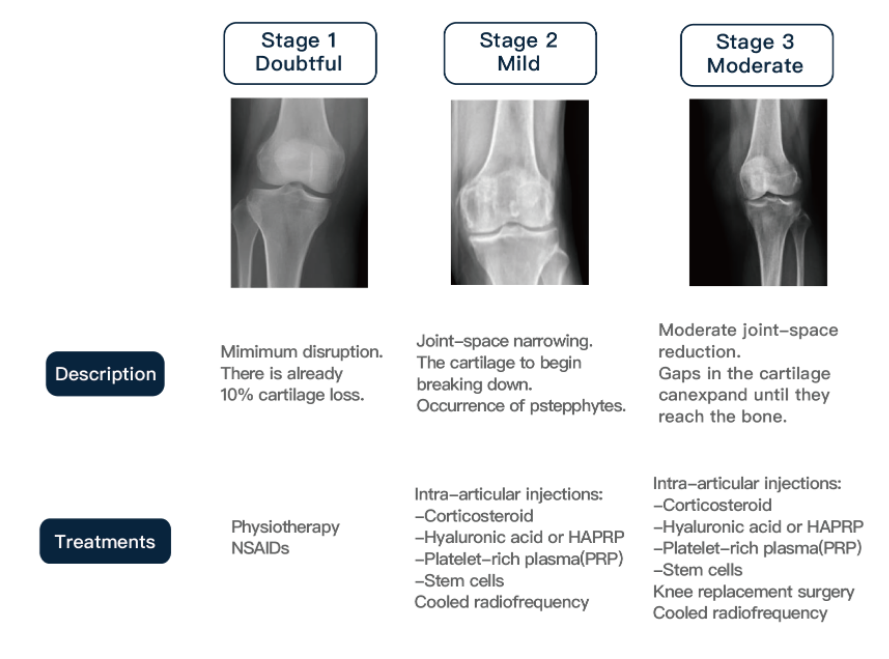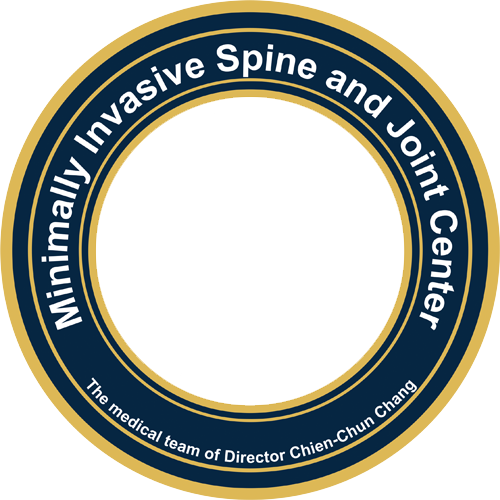
The ROSA Knee system integrates preoperative planning tools and real-time 3D imaging, enabling surgeons to evaluate the patient’s condition, plan implant size and positioning, and analyze soft tissue and bone conditions during the procedure. This allows real-time adjustments to achieve optimal ligament balance and knee joint functionality. The result is enhanced surgical precision, better implant alignment, and outcomes that closely replicate the natural knee's movement.
◎Surgical Advantages
-Accurate Preoperative Planning: Improves treatment satisfaction.
-Minimally Invasive Technique: Eliminates the need for postoperative rehabilitation.
(Patients can walk on the same day, with discharge in 3-5 days.)
In traditional total knee replacement surgeries, precision relied heavily on the surgeon’s experience and manual expertise. This often led to larger excisions of the knee joint, affecting postoperative mobility and increasing discomfort.
With the ROSA Knee robotic-assisted total knee replacement, surgeons can pre-simulate joint flexibility, ligament tension, and excision scope—"plan first, operate later." This approach significantly reduces recovery time. Patients can achieve full knee flexion within a week and return to normal walking within a month.
__24L06Z8tWC.png)



Degenerative Arthritis? Should I Consider Knee Replacement Surgery?

Q1.Can I squat after total knee replacement surgery?+
With ROSA Knee robotic-arm-assisted total knee replacement surgery, patients can achieve a knee flexion of over 120 degrees postoperatively without the need for rehabilitation, meeting daily activity requirements. Most patients are able to squat after surgery. However, squatting is a single-point loading motion, which is not an ideal posture for patients with degenerative knee arthritis. To protect the artificial joint, we recommend avoiding this position.
Q2.How long does an artificial knee joint last?+
Most artificial knee joints can last 10 to 15 years or longer.












__25A21QZmCk.png)






